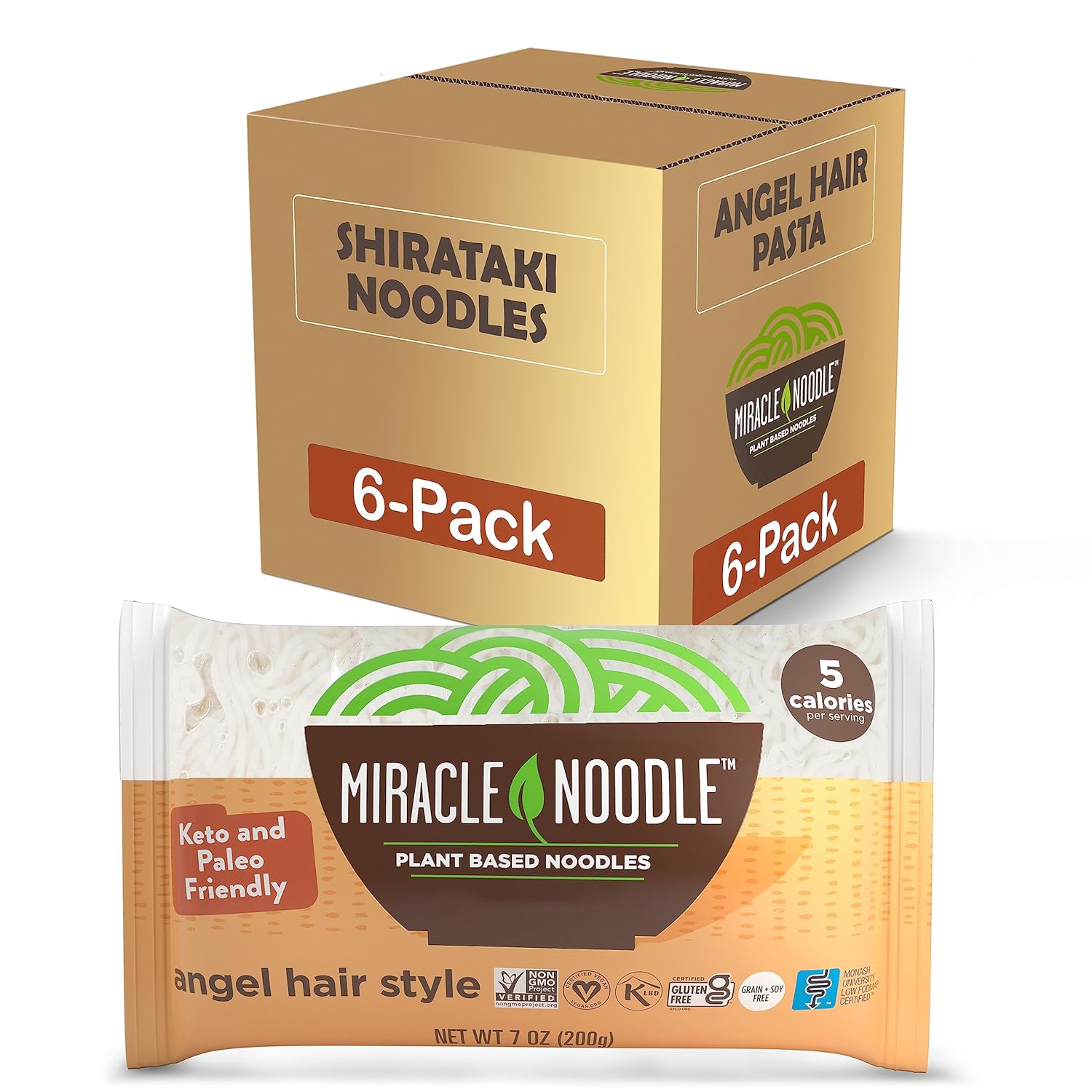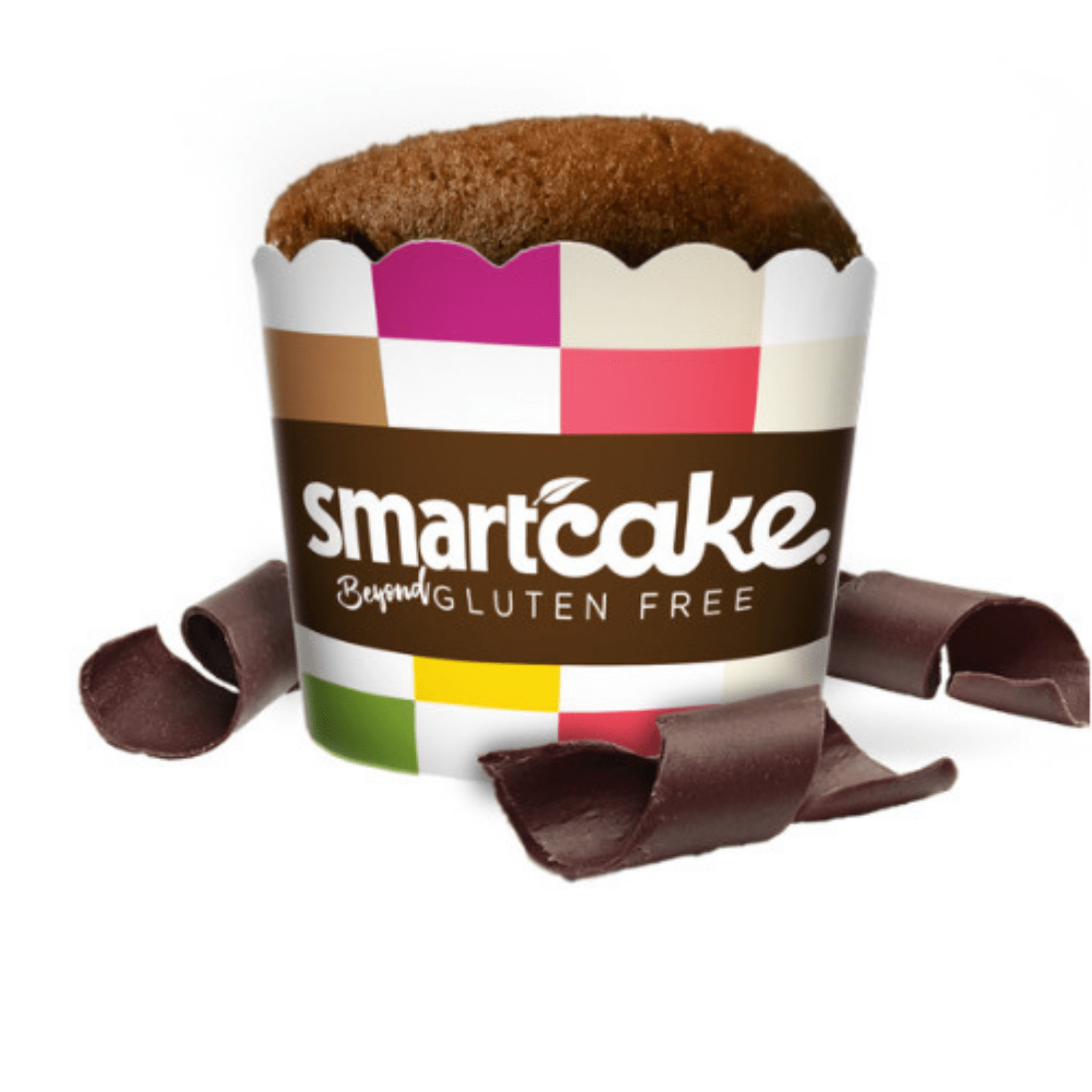Because many restaurants have struggled to stay in business because of the pandemic, people are increasingly supporting their favorite dining establishments as restrictions have eased. But the inconvenient truth about dining out is that it’s far easier to make healthy meals at home. Here’s what you can do to make dining out a healthier experience.
We all want to see local businesses thrive, especially these days. No other industry has been more affected by the pandemic than restaurants. According to Fortune, more than 110,000 dining establishments closed during 2020. (The figure also includes some drinking establishments like bars and pubs.) Over 2.5 million jobs were lost as a result.
So with these sobering statistics in mind, go support your local restaurants. But the problem with dining out is that by and large it’s not as healthy as dining in. If you’re eating out once a week or so, it’s not likely to affect your health that much. However, if you’re determined to be a zealous patron of your local cafes and restaurants, it could harm your health.
In fact, according to a 2014 study published in the American Journal of Public Health, “dining out represents a risk factor for overweight, obesity, and other diet-related chronic diseases.”
Why?
Simply because of the portion sizes in restaurants, the researchers suggest, adding, “Most people lack the capacity to judge the caloric content of food and there is limited evidence that people make use of calorie-labeling information when it is available.”
If you struggle with weight management or if you want to lose those last stubborn 5-10 pounds, then here’s tip #1 to make dining out healthy again.
Eat At Home Before Dining Out
It may sound like a crazy idea, but if you want to control your portion size and blunt your appetite to prevent overeating, eat a healthy snack at home before going to the restaurant. Eat a few Brazil nuts and a couple handfuls of blueberries. Your belly will slightly expand and you won’t want to finish your whole meal. Bonus: you’ll have leftovers.
Say No To Empty Calorie Bread—Before It Gets On Your Table
If you’re going to your favorite Italian restaurant, you know that the nanosecond you’re seated at the table, a waiter will be there to place a basket of white bread in front of you. The white bread contains no fiber, hardly any nutritional value worth mentioning and can spike blood sugar levels.
The problem is if it’s already in front of you, it’s a temptation. So eliminate the temptation for this empty-calorie food by telling the hostess, busser or waiter in advance that you don’t want any bread.
Most bread that you buy from stores are too heavy on the carbs, sugar and additives. But there are some breads like 100% rye or sprouted grains with seeds that are healthy alternatives. You could even have half a slice topped with hummus or avocado for your pre-restaurant snack.
Ask What Kind Of Oil You’re Meal Will Be Cooked In
Chances are, the answer will be canola oil, which this post explains may actually be harmful to your health. According to food giant, Nestle, approximately 93 percent of the canola grown in the U.S. is from genetically modified seed.
But in the same breath, Nestle’s website says, “Canola oil is one of the healthiest oil choices because it’s a good source of monounsaturated fats, so when it’s used to replace saturated fats like butter and cheese, it can help reduce “bad” LDL cholesterol levels.”
Don’t just take Nestle’s word for it, lots of so-called health authorities recommend using canola oil because it has very little saturated fat.
But that’s precisely why it’s not healthy to cook with (among other reasons listed in this article about canola oil). When an oil is exposed to heat, if there’s no saturated fat or very little of it, the oil quickly destabilizes. This causes the oil to spoil and turn rancid. Even if you can’t taste the rancidity, the problem is that consuming destabilized vegetable and seed oils promotes systemic inflammation in the body.
It’s no coincidence that all heavily-processed foods are made with vegetable- and seed oils and that there’s epidemic proportions of obesity, diabetes and metabolic disorders.
So yes, you should limit your intake of butter, especially if you have a genetic predisposition to heart disease. But a dab of butter, arguably is better to cook with than genetically-modified canola oil.
Now this might sound insane but if you’re a good customer of a particular restaurant and get to know the owner and chef, you could arrange for your meals to be cooked in avocado oil. But you’ll probably have to bring your own supply.
Customize Your Meals With Extra Veggies
This next tip will probably get you thrown out of virtually every restaurant in Europe.
Be very precise and tell your waiter exactly what you want delivered on your plate. For example, let’s say you order a veggie stir-fry at an Asian fusion restaurant. There’s a good chance that your meal will consist of a huge serving of rice with shavings of carrots and other veggies. That’s far too many blood-sugar-spiking carbs and far too little fiber-filled nutrient-dense veggies.
So tell the waiter to give you an extra side of veggies like broccoli and only half the usual amount of rice. (It’s too crazy if you asked the waiter to prepare your meal with Miracle Rice instead of regular rice.)
And remember that eating a large portion of protein can also cause blood-sugar levels to rise. Eating lean protein will help balance out your meal. But all you really need is a fist-sized portion. Save the extra for leftovers.
Ask Where The Produce Comes From
One frequent tip to make dining out healthier is ordering a salad. But if the leafy greens and veggies in the salad are sourced from conventional farms that use pesticides, you may be better off skipping the salad and having a regular entree instead.
If your waiter isn’t sure where the produce is sourced, ask the waiter to see if they can find out. If it’s still a mystery as to the provenance of your salad, just say no.
Is “Healthy Dessert” An Oxymoron?
Is it possible to have a healthy dining experience by ending your meal with dessert? Won’t indulging negate all the good faith effort you’ve put into making your restaurant experience healthy?
Not if you’re disciplined and can conquer your sweet tooth. Go ahead and take a few (3 or 4, not 10) bites of tiramisu. Life is short. You deserve some sweetness in your life. But since you’re a healthy eater, you know there’s nothing like the natural sweetness of fruit.
One more obvious tip: say no to beer and soda. Sip on green tea during your meal instead.
Got any other tips to make dining out healthier? Let us know below.



